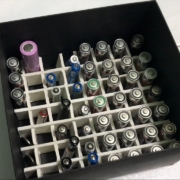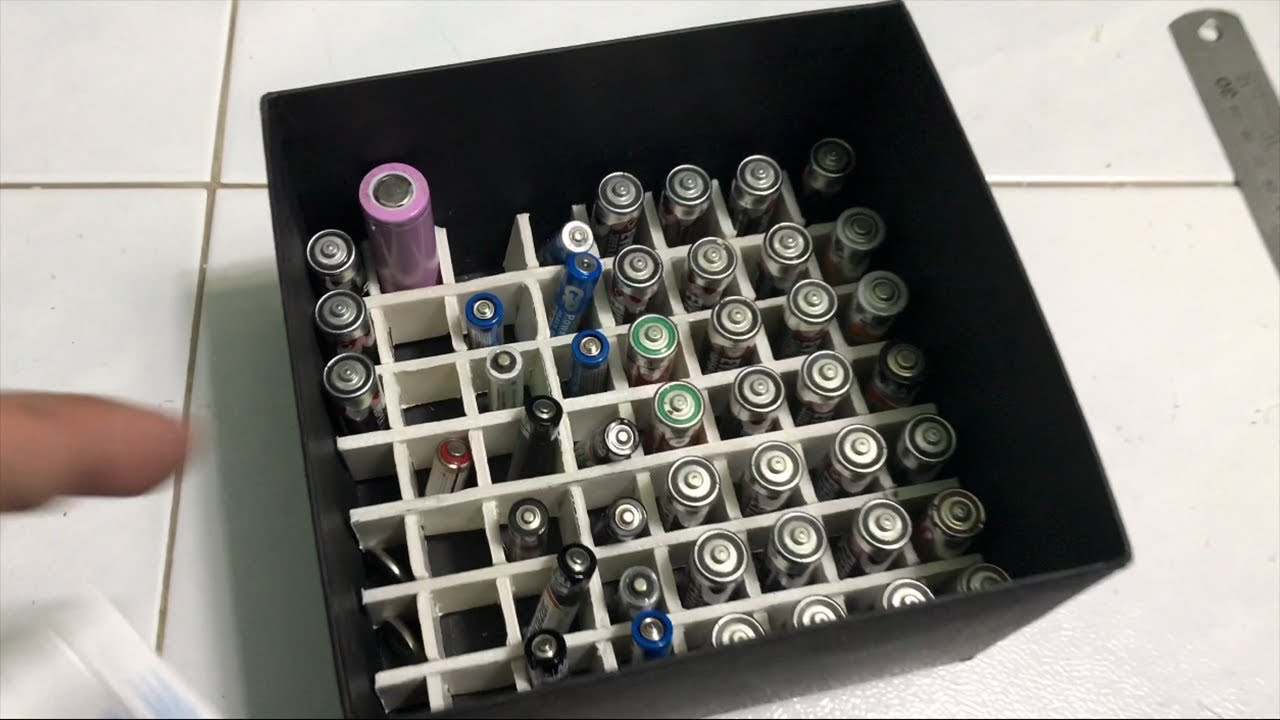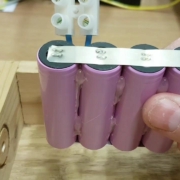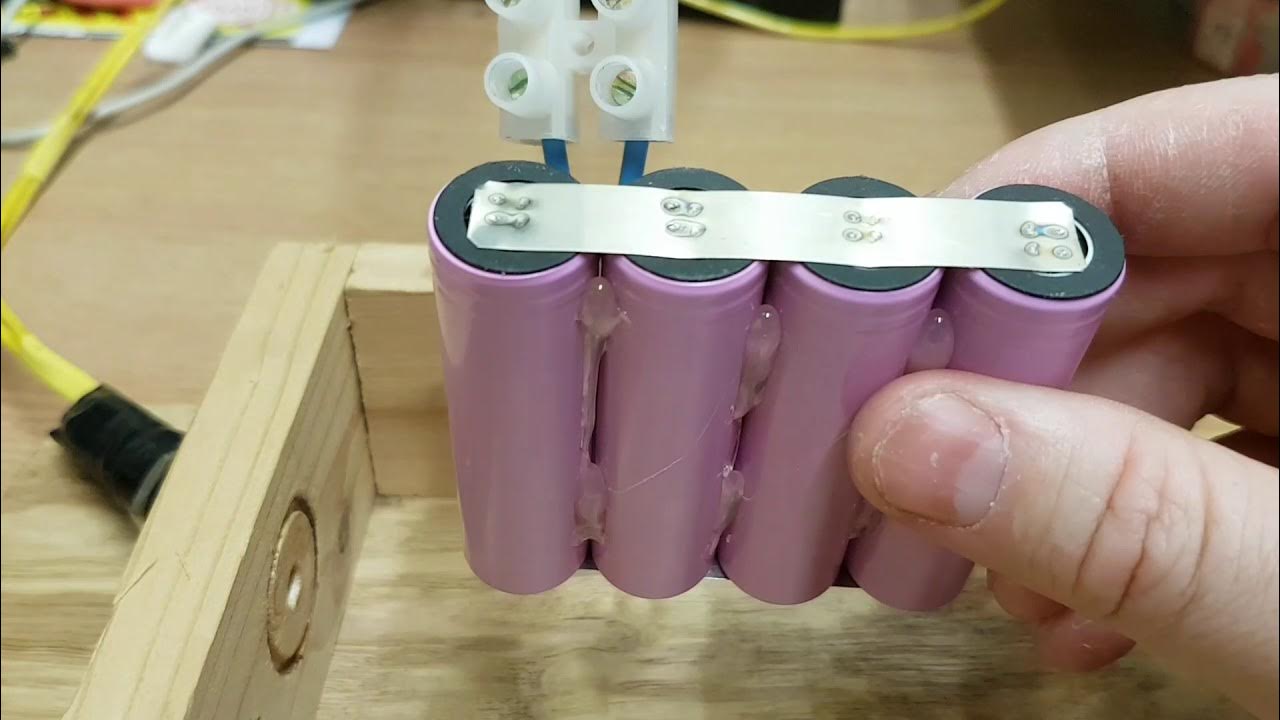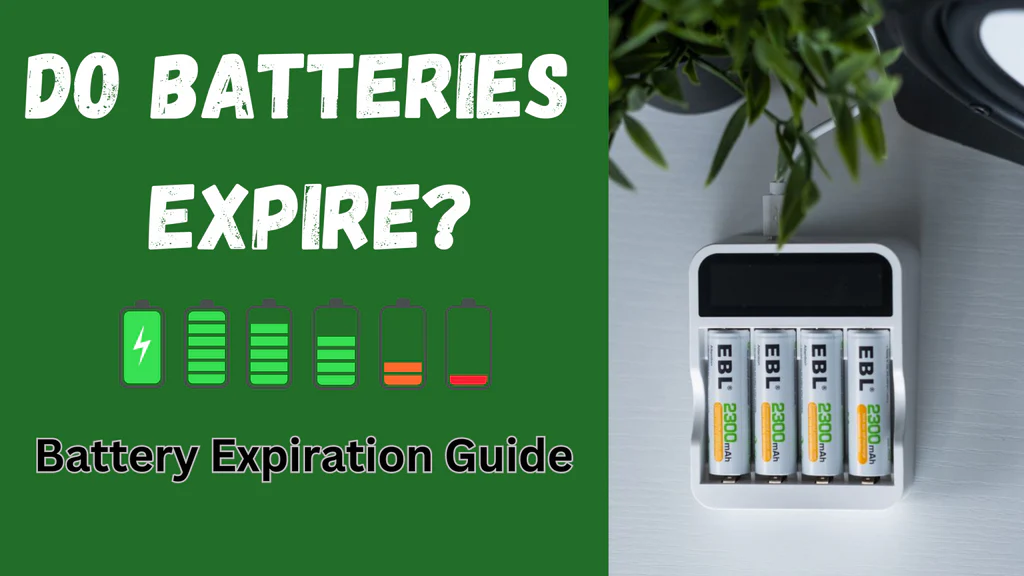18650 Battery Uses: Complete Guide to Applications
You’ve probably seen them without even realizing it.
Those small cylindrical batteries hiding inside your laptop, powering your flashlight, or driving the latest electric vehicle down the street.
I’m talking about 18650 battery uses – and trust me, once you understand how versatile these little powerhouses are, you’ll start noticing them everywhere.
In this complete guide, as a professional 18650 battery pack manufacturer, I’ll walk you through the most common (and some surprising) applications for 18650 batteries. Plus, I’ll share why these rechargeable lithium-ion cells have become the backbone of our portable, electrified world.
Let’s dive in.

What Makes 18650 Batteries So Special?
Before we jump into specific 18650 battery uses, it’s worth understanding why these batteries are everywhere.
The 18650 gets its name from its dimensions: 18mm in diameter and 65mm in length. But size isn’t everything.
These lithium-ion cells pack serious power into that compact form factor:
High energy density: More power per cubic inch than most alternatives
Rechargeable: Hundreds of charge cycles before capacity drops significantly
Standardized design: Universal compatibility across brands and devices
Stable voltage: Consistent 3.7V output throughout most of the discharge cycle
Bottom line? 18650 batteries hit the sweet spot between performance, size, and cost.
And that’s exactly why you’ll find them in everything from consumer electronics to industrial equipment.
18650 Battery Uses
Consumer Electronics: Where It All Started
Laptops and Portable Computers
Walk into any electronics store in 2025, and you’ll find 18650 cells powering a huge chunk of the laptops on display.
Why?
Simple. Laptop manufacturers need batteries that can:
Fit into slim designs
Provide all-day battery life
Handle hundreds of charge cycles
Stay cost-effective at scale
A typical laptop battery pack contains 4-8 individual 18650 cells wired together. This modular approach lets manufacturers easily adjust capacity based on the device’s power requirements.
For example, a basic ultrabook might use four 2,500mAh cells for moderate battery life. Meanwhile, a gaming laptop could pack six 3,500mAh high-capacity cells for extended performance.
Power Banks and Portable Chargers
Here’s where 18650 batteries really shine.
Most high-capacity power banks you see today use multiple 18650 cells in parallel configurations. A standard 20,000mAh power bank? That’s typically five or six 18650 cells working together.
The beauty of this setup is modularity. Manufacturers can easily scale capacity up or down by adding or removing cells. Plus, the standardized 18650 form factor keeps production costs reasonable.
High-Performance Flashlights
Professional flashlights and tactical lights have largely abandoned traditional AA and D-cell batteries in favor of 18650s.
The reason is simple: power output.
A single 18650 can deliver the high current needed for LED flashlights that produce 1,000+ lumens. Try doing that with AA batteries – you’d need a handful of them, making your flashlight bulky and heavy.
That’s why outdoor enthusiasts, security professionals, and anyone who needs reliable illumination has made the switch to 18650-powered lights.
Power Tools: Cordless Revolution
The cordless tool industry has been completely transformed by 18650 technology.
Walk through any construction site today, and you’ll see cordless drills, saws, and impact drivers everywhere. Most of these tools run on battery packs containing 18650 cells.
Why Power Tools Love 18650s
Professional power tools demand batteries that can:
Deliver high current for motor operation
Handle frequent charging cycles
Maintain performance in tough conditions
Provide consistent power output
18650 batteries check all these boxes.
A typical cordless drill battery pack contains 5-10 18650 cells arranged to provide both the voltage (usually 18V or 20V) and current capacity needed for demanding applications.
Major tool manufacturers like DeWalt, Milwaukee, and Makita have built entire ecosystems around 18650-based battery platforms. This means one battery can power multiple tools in their lineup.
Electric Vehicles: The Tesla Revolution
Here’s where 18650 batteries made their biggest splash.
When Tesla launched the original Roadster, they did something revolutionary: instead of developing custom battery cells, they used thousands of consumer-grade 18650 batteries.
Tesla’s 18650 Strategy
The Model S famously packed over 7,000 Panasonic 18650 cells into its battery pack. This approach offered several advantages:
Proven reliability: 18650s had years of real-world testing in laptops and other devices
Cost efficiency: Mass production kept per-cell costs low
Thermal management: Individual cells could be monitored and cooled separately
Scalability: Easy to adjust pack capacity by adding or removing cells
While Tesla has since moved to larger format cells for newer models, the success of their 18650-based vehicles proved that consumer battery technology could scale to automotive applications.
E-Bikes and Personal Mobility
Electric bicycles and scooters represent another major growth area for 18650 applications.
A typical e-bike battery pack contains 40-60 18650 cells configured to provide 36V or 48V systems. This gives riders:
30-60 mile range on a single charge
Reasonable weight (most packs under 15 pounds)
Removable batteries for convenient charging
Multiple capacity options from the same manufacturer
Vaping and High-Drain Applications
The vaping industry has become a significant consumer of high-performance 18650 batteries.
Vaping devices require batteries that can safely deliver high current bursts to heat coils quickly. Specialized high-drain 18650 cells (like the Sony VTC series) are designed specifically for these applications.
Important safety note: Vaping applications require proper battery handling and quality cells from reputable manufacturers. Cheap knockoff batteries can be dangerous in high-drain applications.
Industrial and Commercial Applications
Backup Power Systems
Uninterruptible Power Supply (UPS) systems increasingly use 18650 technology for backup power applications.
Traditional lead-acid batteries are heavy, have limited cycle life, and require regular maintenance. 18650-based UPS systems offer:
Higher energy density (more runtime in less space)
Longer lifespan (5-10 years vs. 3-5 for lead-acid)
No maintenance requirements
Better performance in temperature extremes
Solar Energy Storage
Home solar installations are driving demand for residential battery storage, and 18650 cells are often the technology of choice.
Tesla’s Powerwall, for example, uses thousands of 18650 cells to store excess solar energy for later use. This setup provides:
13.5kWh of usable capacity
Seamless integration with solar panels
Grid-tie capabilities for energy arbitrage
Backup power during outages
Robotics and Automation
Industrial robots and automated guided vehicles (AGVs) increasingly rely on 18650 battery packs for mobile power.
The standardized form factor makes it easy to design modular battery systems that can be quickly swapped or recharged. Plus, the high power-to-weight ratio is crucial for mobile robots that need to minimize weight while maximizing runtime.
Medical and Safety Equipment
Portable Medical Devices
Portable oxygen concentrators, sleep apnea machines, and other medical equipment often use 18650 batteries for mobile operation.
The reliability and long cycle life of quality 18650 cells make them ideal for life-critical applications where battery failure isn’t an option.
Emergency and Safety Gear
Professional emergency lighting, smoke detectors, and safety communication devices frequently rely on 18650 technology.
The combination of long shelf life, high capacity, and reliable performance makes 18650s perfect for applications where batteries might sit unused for months but need to work flawlessly when called upon.
Emerging and Future Applications
Grid-Scale Energy Storage
While individual 18650 cells are small, they’re being combined into massive battery installations for grid-scale energy storage.
These systems help stabilize electrical grids by storing excess renewable energy and releasing it during peak demand periods.
Electric Aviation
The aviation industry is exploring electric propulsion for small aircraft, and 18650 cells are often used in prototype systems due to their proven reliability and energy density.
Space Applications
Small satellites and space missions sometimes use 18650 batteries due to their reliability, standardization, and extensive testing history.
Safety and Best Practices
While 18650 batteries are generally safe when handled properly, their high energy density demands respect:
Use quality chargers designed for lithium-ion batteries
Avoid physical damage that could cause internal shorts
Store at proper temperatures (ideally 50-70°F)
Don’t over-discharge below manufacturer specifications
Recycle properly at designated battery recycling centers
The Future of 18650 Technology
Despite newer battery formats entering the market, 18650 cells continue to evolve:
Higher capacities: Modern cells exceed 3,500mAh
Better safety: Improved protection circuits and thermal stability
Faster charging: Some cells can safely charge at 2C rates
Lower costs: Economies of scale continue to drive prices down
Sonuç
The versatility of 18650 battery uses continues to expand as technology evolves.
From the laptop in your bag to the electric car in your driveway, these standardized lithium-ion cells have become the invisible backbone of our portable, electrified world.
Whether you’re a consumer looking to understand the devices you use daily, an engineer designing the next generation of portable equipment, or an entrepreneur exploring new applications, understanding 18650 battery uses gives you insight into one of the most important technologies shaping our modern world.
The next time you pick up a cordless drill, charge your phone with a power bank, or see a Tesla drive by, remember: there’s probably a bunch of 18650 cells making it all possible.


